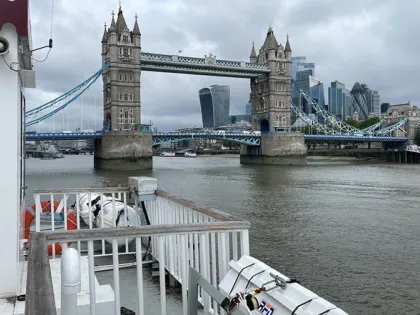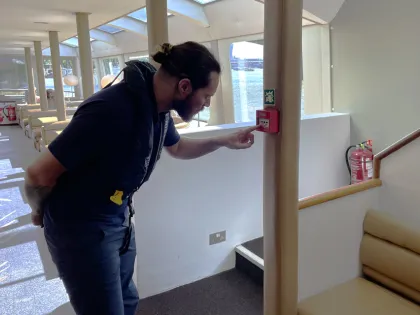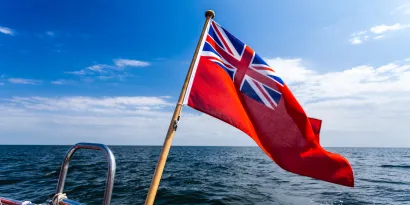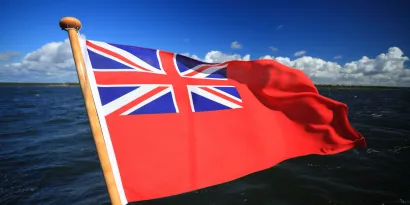

Over 100 inspections on board domestic passenger vessels around the UK have been completed by teams of surveyors from nine marine offices in just two months as part of a survey and inspection safety spotlight.
The programme is part of an annual target commitment and involved a mix of unannounced and pre-planned inspections. During July and August inspections took place on vessels of different classes, sizes, types and in different operating areas – from rowing boats to high-speed commuter craft.
Colchester marine office oversees the majority of the domestic passenger vessels in the country. Mike Greenwood, Technical Manager, has a team of nine surveyors who collectively survey around 250 domestic passenger vessels every year, the majority of which operate in London and collectively complete approximately 10 million passenger journeys every year.
“We work closely with operators with safety as a priority but often our ongoing work is not seen. A campaign like this really helps maintain visibility to operators and owners and sends the strong message that the MCA, as regulator, is pushing hard to maintain high levels of safety throughout the industry,” explained Mike.
“During the inspections, feedback from the operators was positive. They were happy to co-operate and welcomed the proactive approach of the MCA in checking compliance,” he added.
In London, there is a wide range of vessels from high speed craft for commuters to evening party boats and daytime tourist boats, some of which can accommodate up to 600 passengers.

During the inspections, all areas of the vessel are covered including the wheelhouse, passenger areas, and crew and technical spaces. Paperwork, including crew certification and vessel checklists are also inspected. Equipment and systems are tested at random to check everything is working correctly.

The London Look
Have you ever seen vessels in London and wondered why they have an orange square on their stern? This requirement is a General Direction from the Port of London Authority (PLA) and was introduced after the Marchioness tragedy, so that passenger vessels would be easy to identify against other vessels in a busy river such as the Thames.
When inspecting a vessel in London, surveyors need to know the national requirements, but also need to be aware of local conditions and restrictions.
At the other end of the spectrum and quite literally at the other end of Colchester MO’s patch, there are much simpler domestic passenger vessels.
On the north Norfolk coast, away from the hustle and bustle of the capital, some simple open wooden vessels are certificated to take passengers to nearby sand banks where common seals congregate.
An inspection on this type of vessel is very different from a large 600 passenger London vessel, but the principles are the same: A check of the vessel, its equipment, certification and paperwork. And importantly, domestic passenger vessels of all sizes, areas, and types were considered in scope for the inspection campaign.
-
Share


